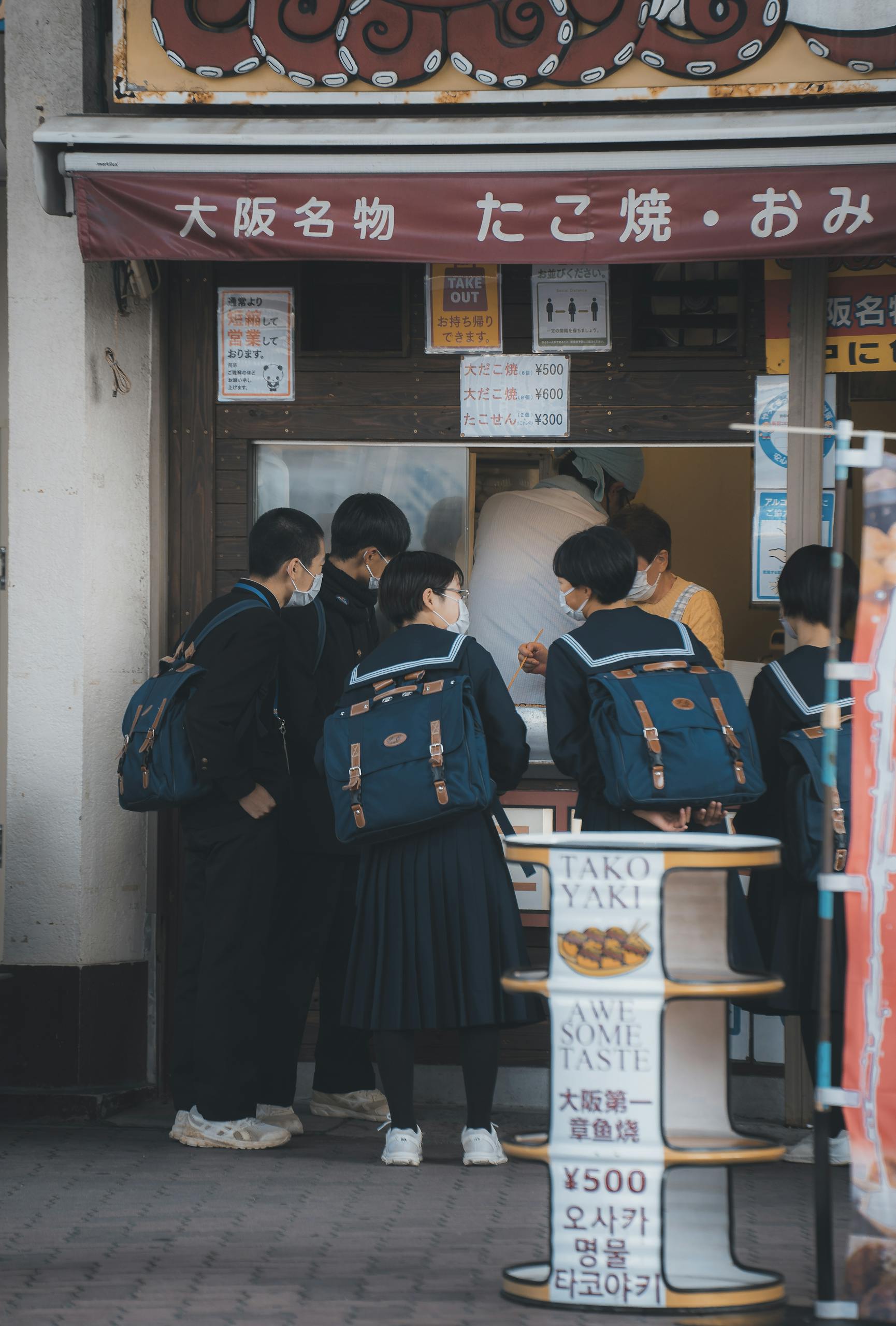7 Key Lessons from the Education Experience in Japan: What Can We Learn from It? 🇯🇵✨
Introduction
Japan’s education system is often praised globally for its consistency, discipline, and strong academic performance. But what exactly makes the Japanese approach so effective? Is it the cultural values, the structure, or something more subtle within the classroom? In an increasingly globalized world, educators and policymakers from various countries are keen on learning from successful models like Japan’s. The Japanese school system is not just about high test scores—it’s about shaping respectful, responsible, and hardworking individuals. The focus is not only on academics but also on moral development, community participation, and instilling lifelong habits that shape society for the better.
This blog takes a deep dive into the Japanese education experience and uncovers the principles that make it so unique. From early childhood education to high school rigor, and even university life, Japan provides valuable lessons that can be adopted in different contexts. Whether you’re a teacher, a parent, a student, or just a curious global citizen, understanding Japan’s educational philosophy might offer some surprising and inspiring insights. Let’s explore the structure, discipline, community values, and learning environment that make Japan a leading example in global education. Join our WhatsApp community to share your thoughts after reading!
1. Discipline and Respect Are Core Values
One of the first things that stand out in Japanese schools is the emphasis on discipline and respect. From bowing to teachers at the start and end of class to cleaning the school together as a community, students are taught responsibility from an early age.
According to Nippon.com, these practices are not merely symbolic—they’re embedded into the curriculum as life skills. Children learn to take ownership of their environment and show gratitude to others, shaping a deeply respectful society.
Many schools in the West are beginning to integrate these concepts, especially the emphasis on mutual respect between students and staff.
2. Strong Foundations in Early Education
Japan takes preschool education seriously. Kindergartens are not only about play; they build a foundation for social skills, patience, and teamwork.
The curriculum includes group activities, self-service lunch routines, and creative learning that prepares students for structured learning environments.
Organizations like OECD highlight Japan’s investment in early education as a major factor in its students’ long-term academic performance. Countries aiming to improve learning outcomes can start by boosting the quality of preschool education, just like Japan does.
3. Cleanliness and Self-Management Are Prioritized
Unlike many countries where janitors are responsible for keeping schools clean, in Japan, the students clean their classrooms, toilets, and hallways themselves.
This isn’t just to save money—it’s a lesson in humility, cooperation, and self-discipline. The famous “o-soji” cleaning time happens daily and instills a mindset of community ownership.
Read more about this tradition on BBC Worklife.
Imagine how students across the world might change their attitudes if they were involved in maintaining their own environment—it’s a small but powerful shift.
4. Focus on Holistic Development, Not Just Grades
Academic performance is important in Japan, but it’s not the only metric that matters. Schools put significant focus on social and emotional development. Moral education, known as “dotoku,” is a subject taught in schools that encourages integrity, empathy, and community responsibility.
Students also engage in club activities and team sports that build identity, resilience, and a sense of belonging.
If you’re wondering how to balance grades with growth in your local school system, Japan offers a compelling model where emotional intelligence and ethical behavior go hand-in-hand with academic excellence.
5. Teachers Are Respected and Continuously Trained
In Japan, becoming a teacher is highly competitive and prestigious. Teachers are not only expected to deliver content—they’re role models who participate in the personal development of their students.
Ongoing professional development is part of the job. Teachers often attend workshops and learning exchanges, and they’re evaluated regularly for improvement.
For those working in education policy or administration, Japan reminds us that investing in teachers is investing in the future. Explore teaching stats via Japan’s Statistics Bureau.
6. Uniformity and Equality Inside the Classroom
Japanese public schools promote equality by minimizing external distractions. Students wear uniforms, follow the same lunch routines, and adhere to the same rules regardless of social background.
This sense of fairness helps reduce bullying and promotes group unity. It creates an environment where learning is the main focus, not social competition.
In diverse classrooms globally, creating this sense of equity might help close learning gaps and ensure that every student feels included.
7. Academic Rigor and After-School Culture
Japanese students are known for their academic achievements, but this is partly due to the “juku” or cram school culture. While public schools end early in the afternoon, many students attend private tutoring schools in the evening to prepare for competitive entrance exams.
This reflects both the cultural value of hard work and the high expectations placed on students. However, Japan is now discussing reforms to reduce pressure and support more balanced lifestyles.
For parents and educators elsewhere, the lesson is to challenge students academically while also watching for signs of stress and burnout.
What Can the World Learn from Japan?
Japan’s educational success doesn’t come from one single factor—it’s the combination of structure, respect, responsibility, and emotional development.
Whether it’s encouraging students to clean their classrooms, teaching emotional intelligence, or respecting the role of teachers, there are many small but impactful practices that other countries can adapt.
Even adopting one or two Japanese methods into your local school system could make a meaningful difference. Consider starting small—maybe with morning greetings, group cleaning, or structured lunch routines. These habits create a culture of learning that goes beyond books.
Conclusion
The Japanese education experience is a testament to the power of community, respect, and consistency. It teaches us that success in schools is not only about grades, but about building character. From early education to high school discipline, Japan offers a model worth studying and adapting.
Whether you’re a policymaker or a parent, there’s a lot to learn from Japan’s holistic and thoughtful approach. Let it inspire your local educational efforts and push you to think beyond traditional academic metrics.
Follow our WhatsApp channel for more insights on global education trends and share what practices you think should be adopted in your community!


